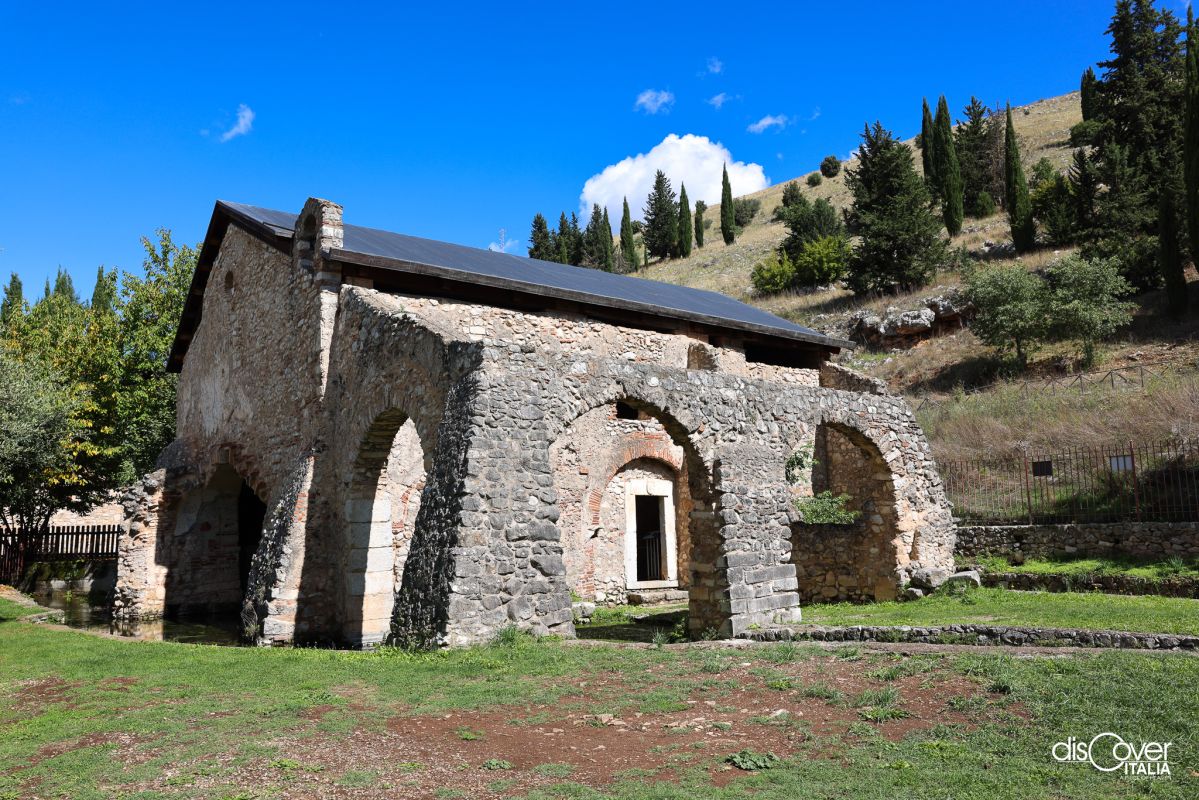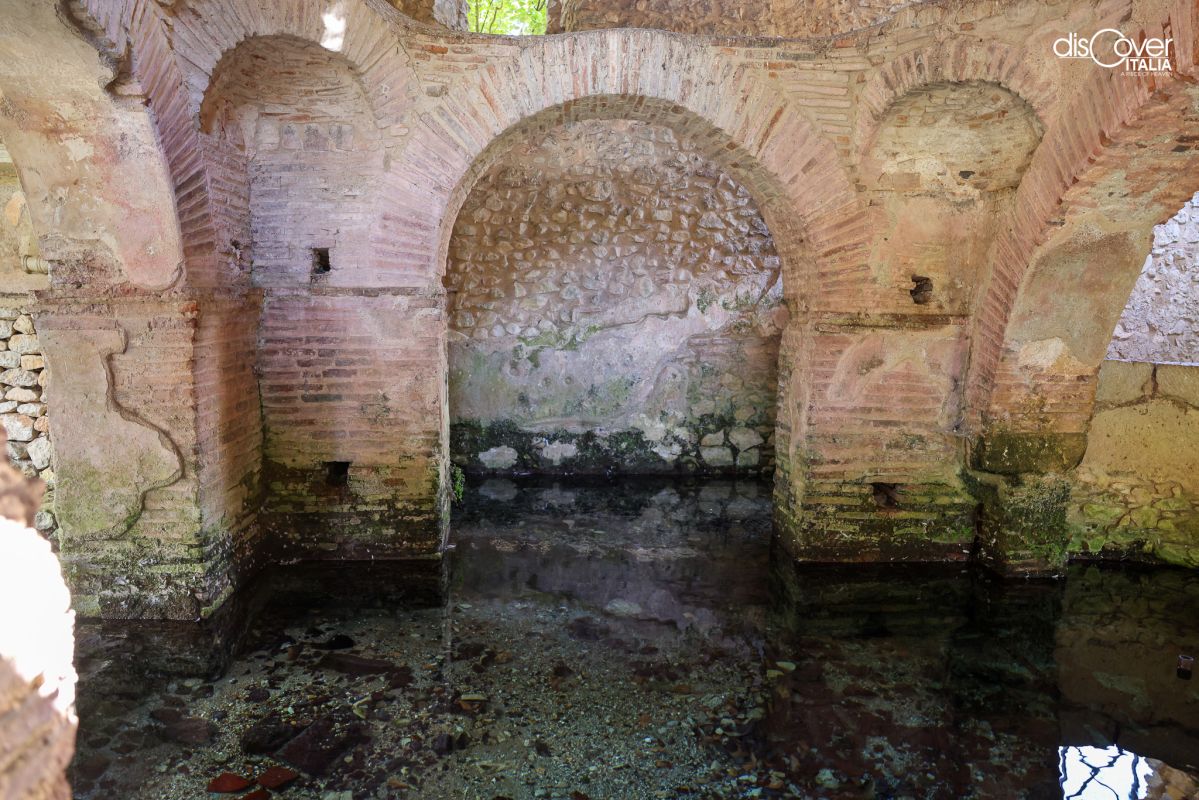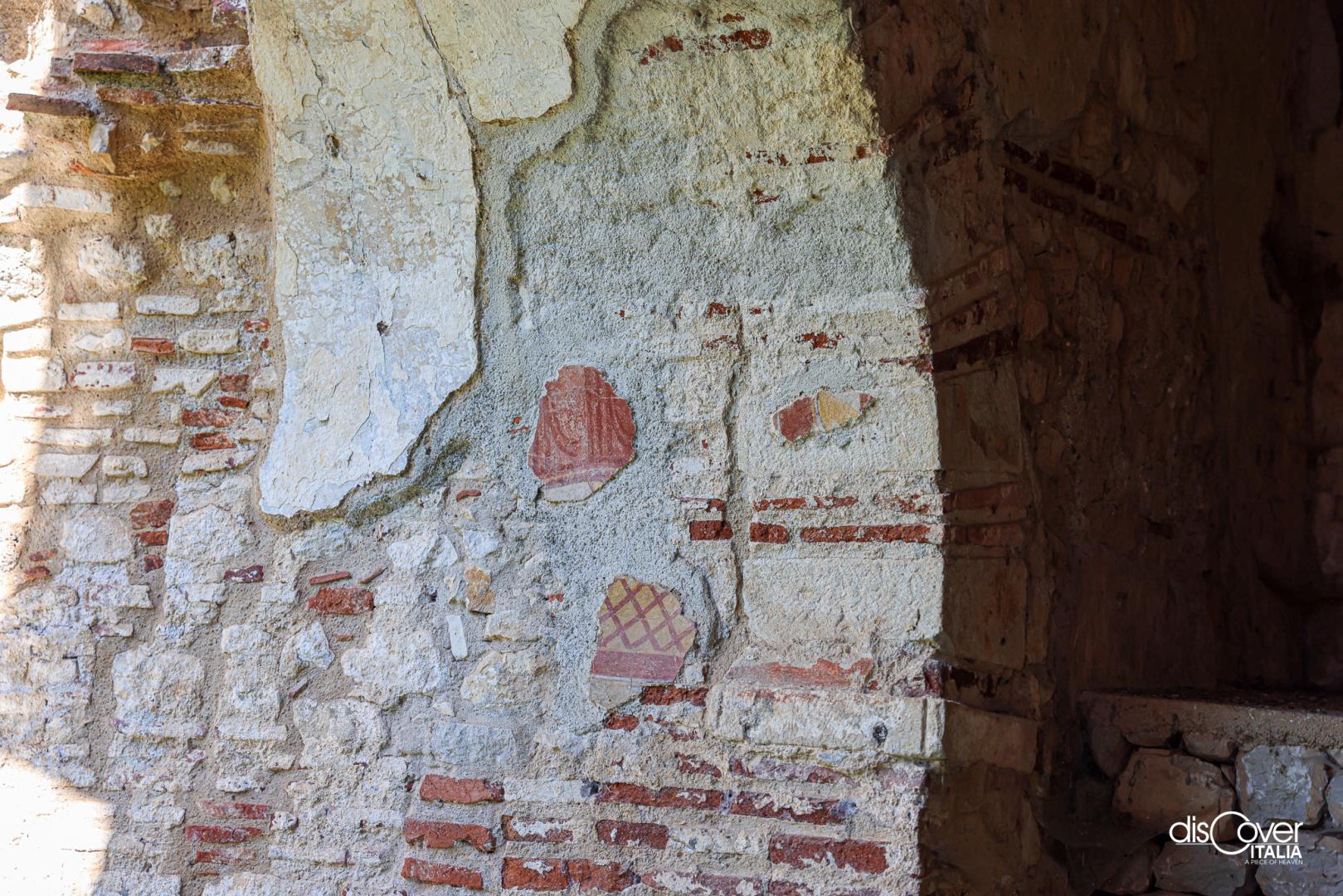On the most awaited night, the flow rate suddenly increased and the water quickly rose into the tub, until it was full.


 Thus, in the Marcellian Baptistery of Cosilinum, present-day Padula, baptisms by immersion could take place, according to the eastern rite. In that place, attracted by the spread of the news of the miracle, which was miraculously repeated every year, an increasingly large crowd of faithful gathered on that occasion, coming from the surrounding area and even from far away. A true pilgrimage, witnessed in a letter from the historian Cassiodorus from 527, which describes, among other things, the transparency of the baptistery's spring water, which in ancient times had earned it the name of Leucothea.
Thus, in the Marcellian Baptistery of Cosilinum, present-day Padula, baptisms by immersion could take place, according to the eastern rite. In that place, attracted by the spread of the news of the miracle, which was miraculously repeated every year, an increasingly large crowd of faithful gathered on that occasion, coming from the surrounding area and even from far away. A true pilgrimage, witnessed in a letter from the historian Cassiodorus from 527, which describes, among other things, the transparency of the baptistery's spring water, which in ancient times had earned it the name of Leucothea.
The baptistery, one of the oldest in the Christian world, was already around two centuries old at the time. It had been built, in fact, in the 4th century, at the behest of Pope Marcellus I. After Diocletian's persecution against the Christians, the pontiff, at the beginning of that century, dedicated himself to a great reorganization of the church in the area, establishing new diocese, appointing the bishops and establishing that each of them should be equipped with a baptistery. And so it also happened in the agricultural territory of Marcellianum, a suburb of the city of Cosilinum, corresponding to present-day Padula, near the Via Popilia which crossed the Vallo di Diano.
To build the new baptistery in the Fonti district, on top of a pre-existing Roman structure, various materials from nearby pagan tombs were used, including some epigraphs. The original building had a square plan with brick arches. Inside was the large basin, connected directly to the underlying spring, so that the water flowed into it naturally, without having to transport it: a peculiarity that makes the Vallo baptistery unique in the world.
A portico and a finely frescoed chapel were later added to the main structure.
The baptistery ceased to be used, according to one thesis, in the 6th century due to the neo-Gothic war or, according to another theory, later, around the 9th century, as a consequence of the Saracen incursions. In 1077 it was handed over to the Benedictines, who dedicated it to Saint John the Baptist. It was then rebuilt in the 12th century and subsequently entrusted to the Templars, until the dissolution of the order. In the 15th century the building was deconsecrated and then abandoned around the 18th century.
 For its recovery we will have to wait until the twentieth century, when, between 1985 and 1987, decisive restorations were carried out, thanks to which the valuable frescoed parts, dating back to between the 10th and 11th centuries, were safeguarded.
For its recovery we will have to wait until the twentieth century, when, between 1985 and 1987, decisive restorations were carried out, thanks to which the valuable frescoed parts, dating back to between the 10th and 11th centuries, were safeguarded.



Comments powered by CComment